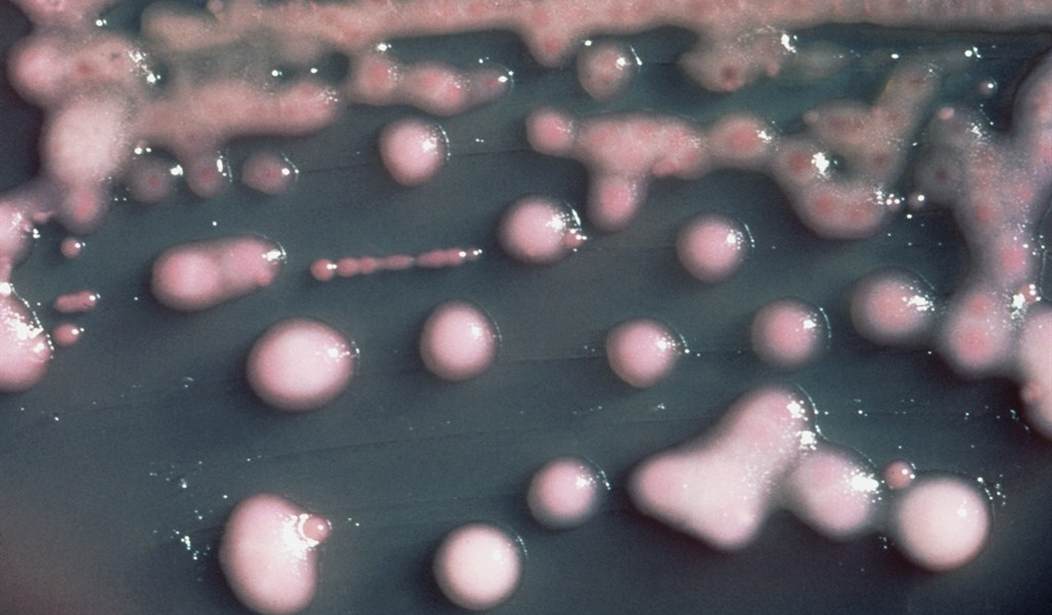Going into a hospital? It's getting riskier because of drug-resistant infections -- the kind almost no drug can cure. Despite one federal government "action plan" after another, the germs are winning. Government authorities are clueless about how many infections there are, or how many patients are dying.
Alarming new research shows that one of the deadliest families of bugs, carbapenem-resistant Enterobacteriaceae, nicknamed CRE, may actually be striking three times more patients than the Centers for Disease Control and Prevention tells us. One lesson from the war against AIDS: Level with the public about the enormity of a problem if you want to start defeating it.
Government authorities are doing the opposite, helping hospitals conceal superbug outbreaks from the public and deliberately leaving mention of infections off death certificates.
Within three decades, these drug-resistant infections will kill more people globally than all cancers and diabetes combined, according to one review. These germs attack young and old. In one study, researchers report an "ominous" sevenfold increase in drug-resistant infections over eight years among hospitalized children in the U.S.
There are at least a dozen lethal superbugs the CDC has labeled "nightmare bacteria." They're causing tens of thousands of deaths a year in American hospitals. But you wouldn't know it reading death certificates. At least half the time, the infection that actually killed the patient is omitted.
Former President Obama's CDC head, Dr. Tom Frieden, resisted requests from victims' families for honest death certificates. Families urged him to recommend that certificates start documenting when infection caused or contributed to death. But Frieden did nothing. It's true that it's each state's decision, but most follow CDC guidance. The agency and the states are guilty of a cover-up mentality. It's time that death certificates tell the truth and hold hospitals accountable.
Recommended
Health authorities also must stop the conspiracy of silence about outbreaks. Would you choose to give birth at a hospital knowing there's a superbug outbreak in the nursery? Last year, methicillin-resistant Staphylococcus, or MRSA, raged through the neonatal intensive care unit at the University of California, Irvine medical center, sickening 10 newborns. But hospital and county health officials kept the outbreak hushed. The truth came out later, when a hospital employee leaked the information. Consumer Reports rightly insists hospitals should be required to notify the public about outbreaks in real time.
What about the federal government's highly touted goal to halve MRSA infections by 2020? Not even close, says leading patient advocate Dr. Kevin Kavanagh.
CRE, a newer superbug, isn't as common as MRSA, but it's deadlier. Patients who get it in their bloodstream have only a 50 percent chance of surviving. That makes it as deadly as Ebola, and it's right here in local hospitals.
CRE is spreading like wildfire. According to one study, cases of it increased about 800 percent from 2009 to 2015, mostly in New York and surrounding states, though it has reached 44 states.
Where's the CDC? Out to lunch. As a Reuters investigation reveals, the agency's flimflam number of CRE threat is based on six-year-old data from a tiny sampling of hospitals -- most of which weren't in population centers like Florida, New York City, Boston or Southern California.
That's no way to stalk a killer.
To get serious about stopping CRE, hospitals should also be testing incoming patients for the germ. Then, precautions could be taken to prevent patients carrying the germ from spreading it to others, explains Dr. Joshua Thaden of Duke's medical school. It's a no-brainer -- except to federal health authorities, who are repeating the mistake made four decades ago, when they failed to recommend testing patients for MRSA and allowed that menace to take hold in hospitals everywhere.
This time, President Trump has an opportunity to start solving this deadly problem by appointing a CDC head who will go to bat for patients, demand honest reporting of infection rates and insist on writing the truth on death certificates.

























Join the conversation as a VIP Member